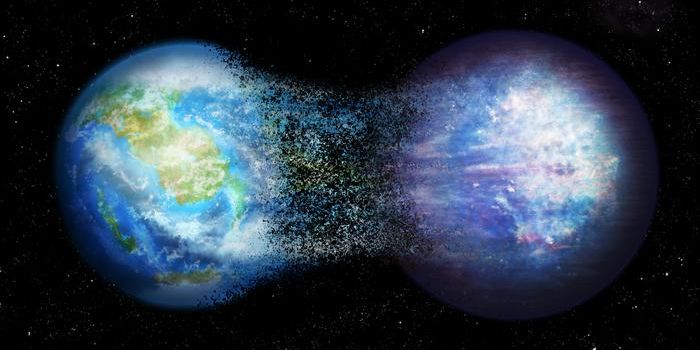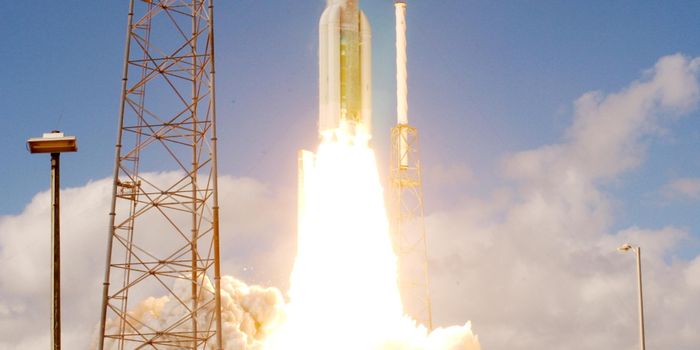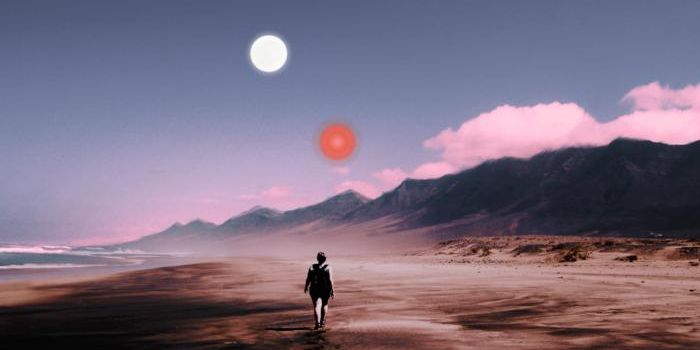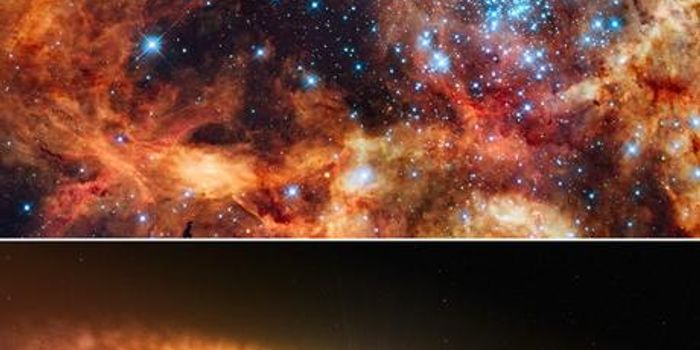Astronomers May Have Spotted the Formation of a Giant Icy Planet
In a nearby star system dubbed TW Hydrae, astronomers are keeping their eyes on a disk formation of dust and gas particles that may be in the midst of forming some kind of icy planet. The star at the core of this system is only 10 million years old, which is very young for a star.
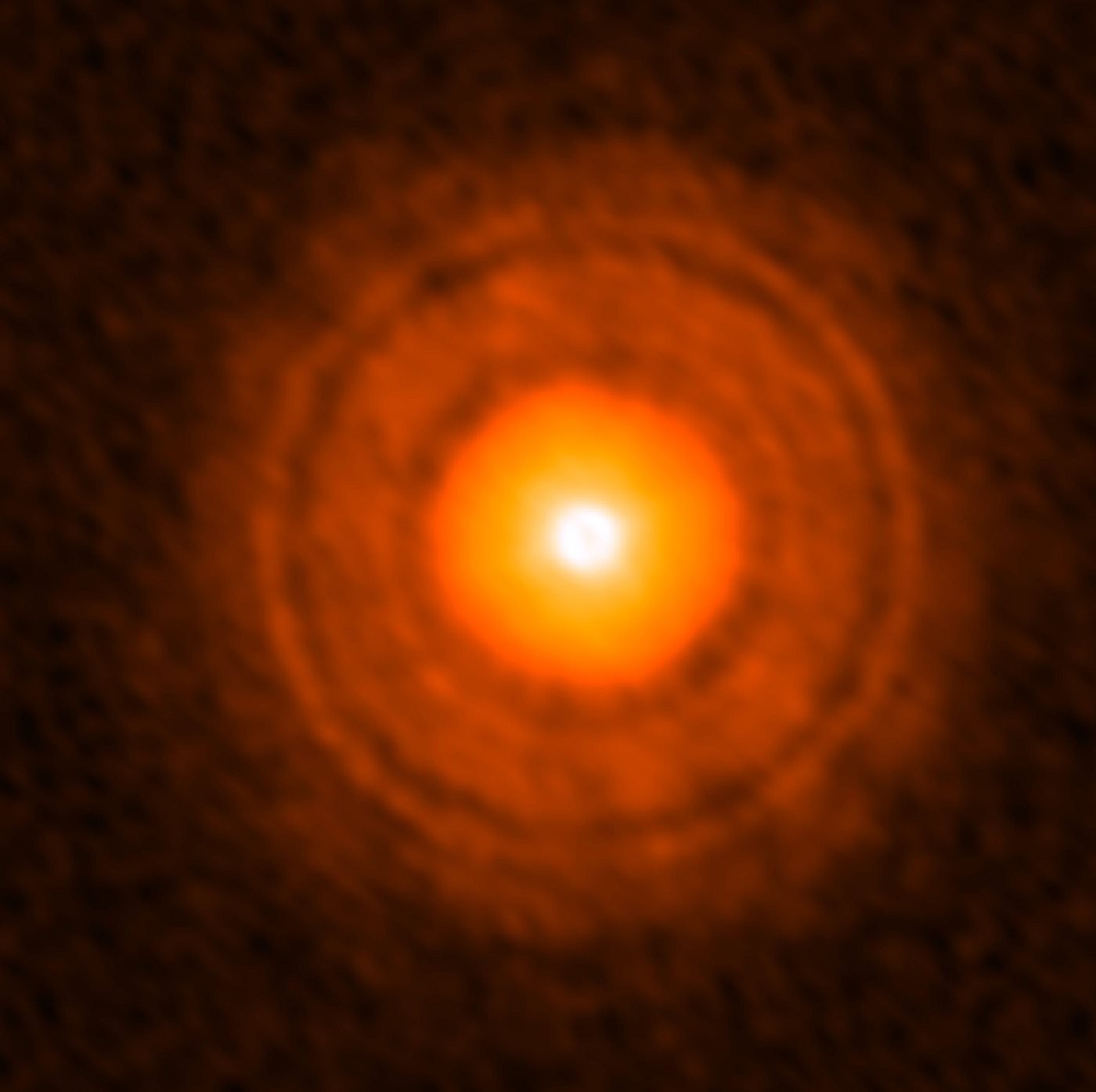
Using the Atacama Large Millimeter/submillimeter Array (ALMA) from Northern Chile to study the would-be world, astronomers have been able to make out that it may be an icy world similar in features to Neptune and Uranus in our own Solar System, and it’s about as far away from its host star as Uranus is from our Sun.
Their findings are available in a paper online and have been accepted for review by The Astrophysical Journal Letters.
The star system is only about 176 light years away, which is about 41 times more distant than our closest stellar neighbor, Alpha Centauri. It’s still far enough away that it would take too long to ever get to it in person, but on an astronomical scale, it’s very close.
Dust particles in the disk are micrometer-sized, and can’t even be seen in a telescope, but their presence is seen by what looks like a cloud surrounding a mass that’s clumping together in the middle of space.
As shown in the following image taken with ALMA, there are gaps in between the formation layers in the disk. The innermost gap is believed to harbor the formation of a planet, which could be up to 25 times more massive than the Earth.
"Combined with the orbit size and the brightness of TW Hydrae, the planet would be an icy giant planet like Neptune," said lead astronomer Takashi Tsukagoshi from Ibaraki University, Japan.
Outer layers have varying sizes of particles that gravity is slowly clumping together to form the planet, which has a composition bright enough to be a cold, gassy planet. Friction and gravity could be pushing the larger dust particles out into the outer gaps, while the smaller particles clump more towards the center.
Now understanding the general location of this possible giant icy planet formation, astronomers hope to use additional space observation instruments to take a look at the disk to figure out what it’s composed of and whether or not it has any polarization.
Source: ALMA via BBC
-
APR 30, 2024Immuno-Oncology Virtual Event Series 2024
-
MAY 07, 20243rd International Biosecurity Virtual Symposium
-
JUN 06, 2024The Future of Scientific Conferencing
- See More

